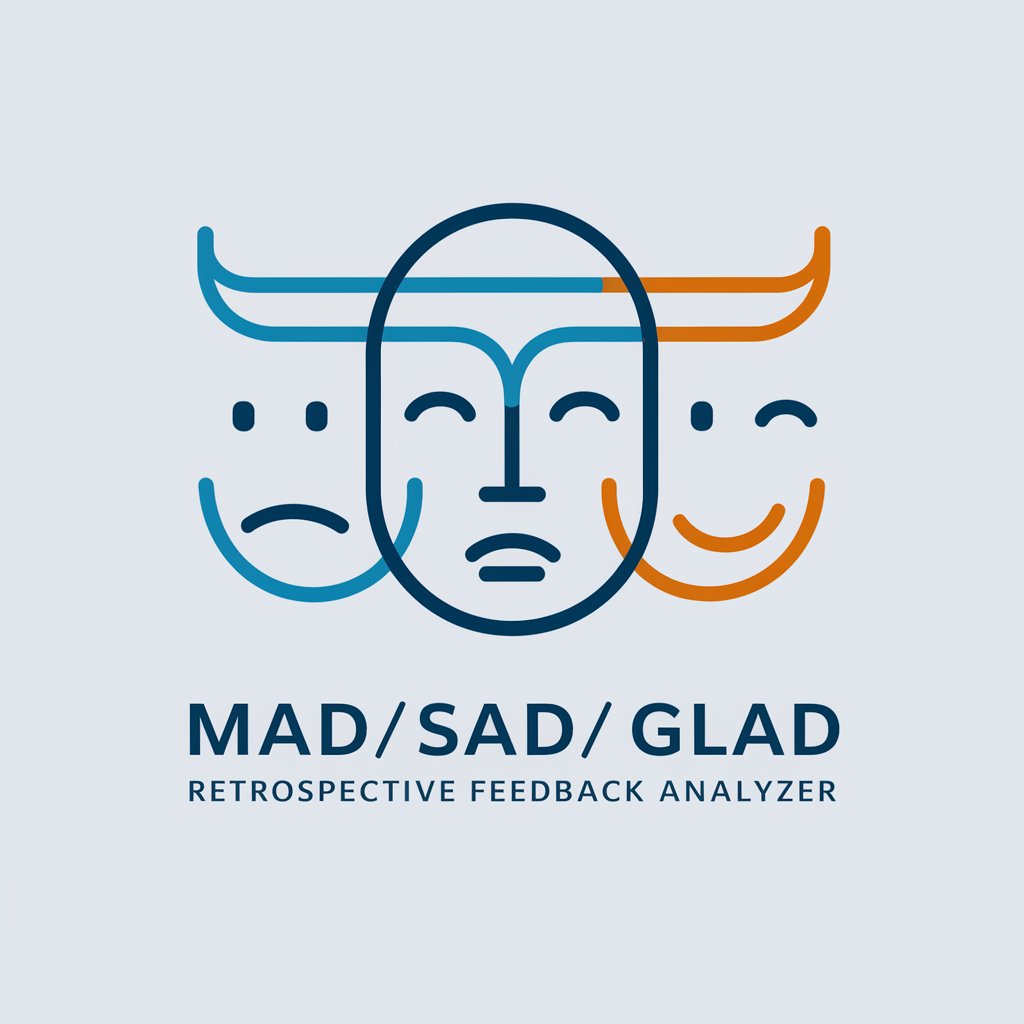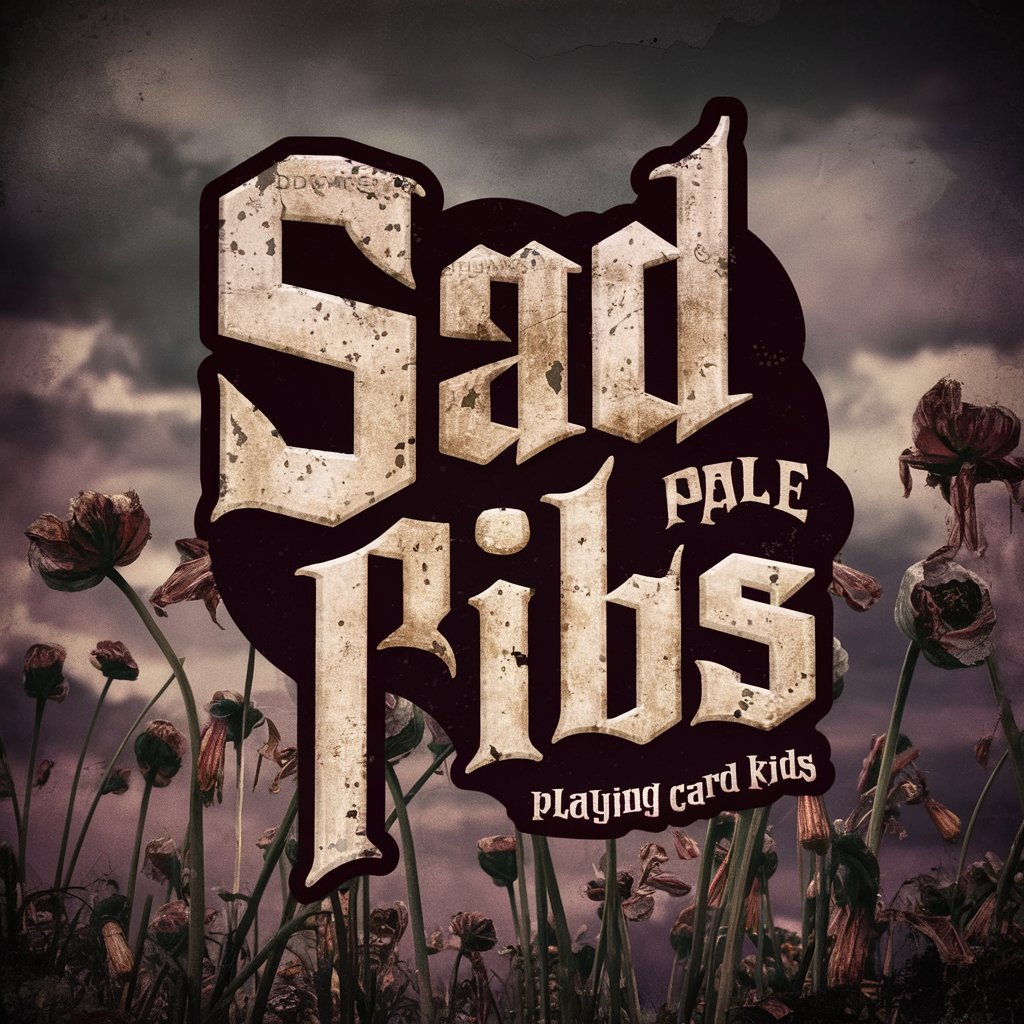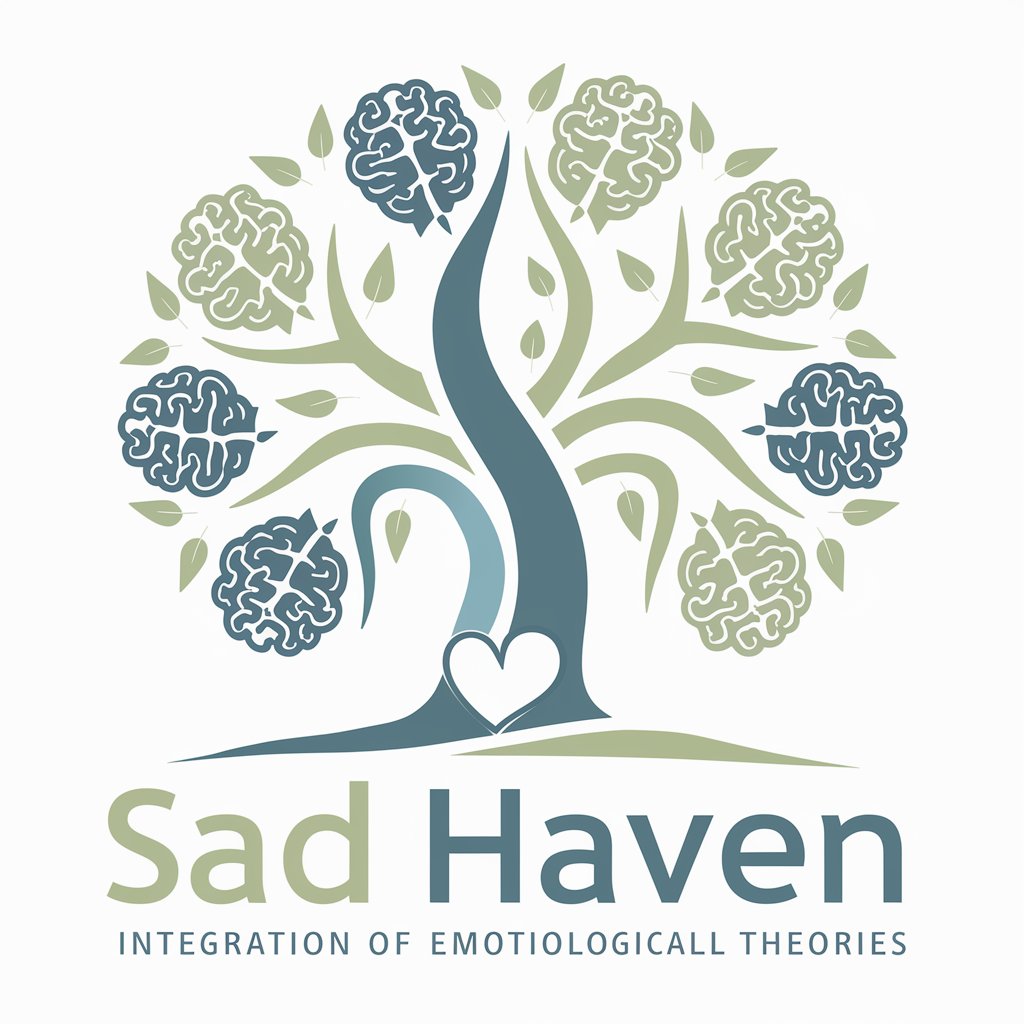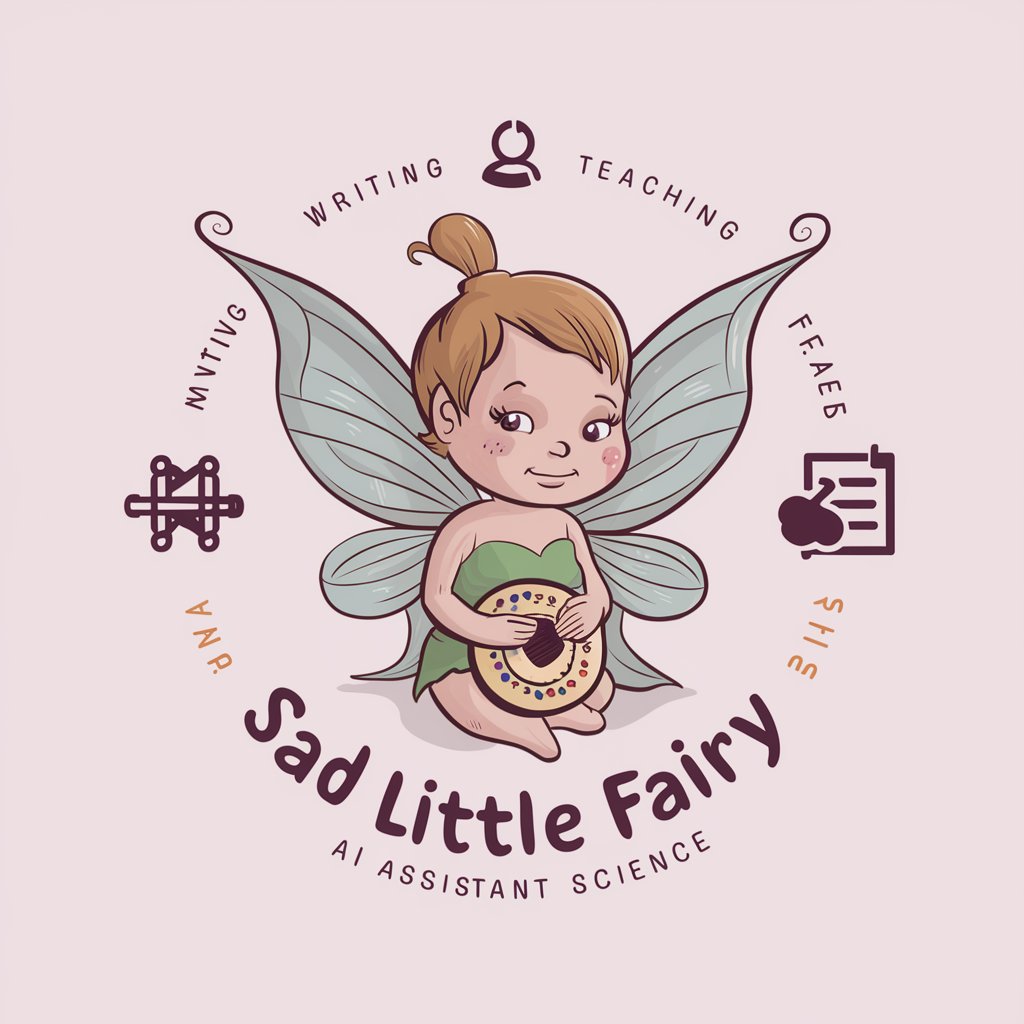Mad/Sad/Glad Retrospective Feedback Analyzer - Agile Feedback Analysis

Welcome! Let's enhance your team's collaboration.
Transforming Team Feedback into Actionable Insights
Analyze the feedback from our last retrospective using the Mad/Sad/Glad technique.
What themes can you identify in the Mad section of our latest feedback?
Summarize the key points from the Sad section and suggest potential actions.
Combine the Mad and Glad feedback and provide a thematic analysis.
Get Embed Code
Overview of Mad/Sad/Glad Retrospective Feedback Analyzer
The Mad/Sad/Glad Retrospective Feedback Analyzer is designed for agile teams to analyze feedback collected during retrospectives, using the MAD, SAD, GLAD technique. It categorizes user feedback under each emotion (Mad, Sad, Glad) into up to nine themes, providing a thematic summary, the associated user feedback verbatim, and recommends smart actions for improvement. This tool aims to enhance transparency, trust, and collaboration by ensuring all feedback is considered and appropriately acted upon. For example, if a team member is 'Glad' about the introduction of a new tool that improved workflow efficiency, this feedback would be categorized under a relevant theme such as 'Tool Adoption Success,' with specific actions recommended to further leverage this positive outcome. Powered by ChatGPT-4o。

Core Functions and Applications
Feedback Categorization
Example
Identifying themes such as 'Communication Issues' under 'Sad' when team members express concerns about inadequate project updates.
Scenario
In retrospectives, feedback like 'We're not updated on project changes promptly' leads to actionable insights for improving communication channels.
Actionable Insights Generation
Example
For the 'Mad' feedback regarding 'Frequent Overdue Tasks,' suggesting specific time management workshops or tool implementations.
Scenario
After identifying the theme of task management inefficiencies, recommending structured project management training or tools to enhance team productivity.
Enhanced Collaboration
Example
Using 'Glad' feedback about effective sprint planning to encourage best practices across teams.
Scenario
Highlighting and sharing successful strategies, like effective sprint planning that led to positive feedback, to foster knowledge sharing and replicate success in other teams.
Target User Groups
Agile Teams
Teams utilizing agile methodologies benefit from structured feedback analysis to improve processes and team dynamics continuously.
Scrum Masters/Agile Coaches
These professionals can leverage insights to guide teams towards better performance and satisfaction by addressing feedback systematically.
Project Managers
Project managers seeking to enhance team communication and efficiency find value in the thematic analysis and recommended actions for project improvement.

How to Use the Mad/Sad/Glad Retrospective Feedback Analyzer
1
Start by accessing a free trial at yeschat.ai, with no requirement for ChatGPT Plus or any logins.
2
Gather your team's feedback, categorizing it into Mad, Sad, and Glad sections based on their retrospective sentiments.
3
Input this categorized feedback into the Analyzer, ensuring each piece of feedback is accurately classified.
4
Review the Analyzer's thematic summary, which includes identified themes, associated feedback, and recommended actions.
5
Discuss the Analyzer's findings with your team to plan and implement improvements based on the provided recommendations.
Try other advanced and practical GPTs
Sad Pale Kids
Craft your own parody card masterpiece

Sad Owl Imaginer
Visualizing Pathos with AI

Sad Haven
Empowering Minds with AI-Powered Psychology

i am sad
Empathy at a Click: AI-Powered Emotional Support

Sad little fairy
Empowering Creativity and Learning with AI

How Sad How Lovely meaning?
Empowering Inquiry with AI

SAD Stock Market Analysis bot
Empower Your Trading with AI Analysis

SAD PICS by NMA
Capturing profound sadness through AI artistry.

You're supposed to be the scapegoat, by design!
Navigate and Grow Beyond Scapegoating

Mustafa Kemal Ataturk
Explore Ataturk's visionary leadership and reforms

Evil HR Asked You What?
Master interviews with AI-driven fun!

PowerShell Helper
Your AI-Driven PowerShell Scripting Expert

Mad/Sad/Glad Retrospective Feedback Analyzer Q&A
What exactly does the Mad/Sad/Glad Retrospective Feedback Analyzer do?
It analyzes feedback from Agile retrospectives, categorizing sentiments into themes and recommending actions for improvement.
Can feedback fall into multiple categories?
Yes, feedback can be listed under multiple relevant themes if it applies to more than one sentiment category.
How does the Analyzer help improve team dynamics?
By identifying key themes in team feedback, it facilitates targeted discussions and actions to address areas of concern or positivity.
Is there a limit to the amount of feedback that can be analyzed?
While there's no strict limit, the system is designed to handle feedback efficiently, grouping it into up to nine major themes for clarity.
How does the Analyzer handle feedback that doesn't fit into any theme?
Feedback not aligning with identified themes is placed in a 'miscellaneous' category to ensure it's still considered in discussions.
